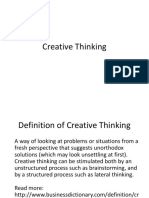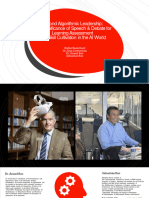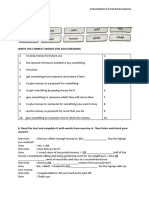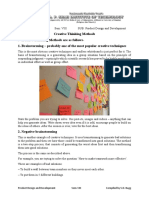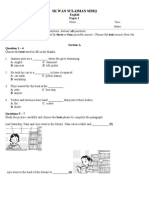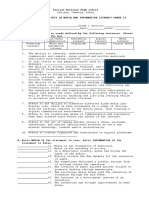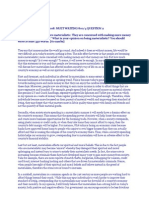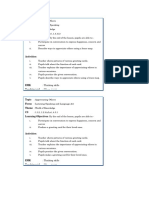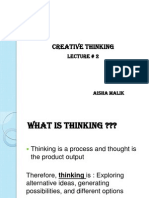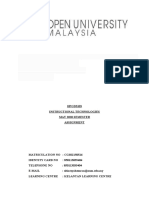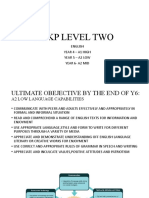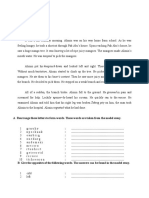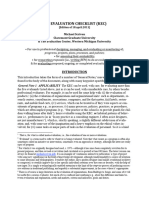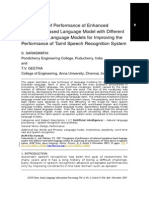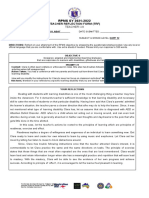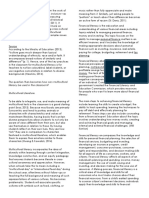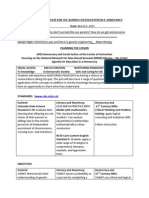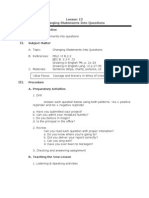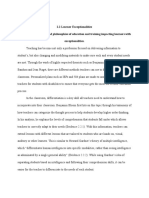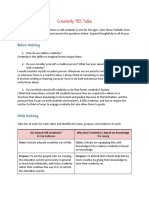0% found this document useful (0 votes)
101 views4 pagesPDC 2 CS
This document outlines the course structure for a "Skills for Creative Thinking" course at INTI International University. The course aims to develop students' personal development, thinking, and problem-solving skills to prepare them for the modern workplace. It will introduce techniques like mind mapping and Edward de Bono's Six Thinking Hats to stimulate creative thinking. Students will apply these skills to assignments like creating mind maps, designing products, and group presentations. The course involves 42 hours of lectures and assessments include individual/group assignments, tests, projects, and presentations.
Uploaded by
szeyee1205Copyright
© © All Rights Reserved
We take content rights seriously. If you suspect this is your content, claim it here.
Available Formats
Download as DOC, PDF, TXT or read online on Scribd
0% found this document useful (0 votes)
101 views4 pagesPDC 2 CS
This document outlines the course structure for a "Skills for Creative Thinking" course at INTI International University. The course aims to develop students' personal development, thinking, and problem-solving skills to prepare them for the modern workplace. It will introduce techniques like mind mapping and Edward de Bono's Six Thinking Hats to stimulate creative thinking. Students will apply these skills to assignments like creating mind maps, designing products, and group presentations. The course involves 42 hours of lectures and assessments include individual/group assignments, tests, projects, and presentations.
Uploaded by
szeyee1205Copyright
© © All Rights Reserved
We take content rights seriously. If you suspect this is your content, claim it here.
Available Formats
Download as DOC, PDF, TXT or read online on Scribd
/ 4






